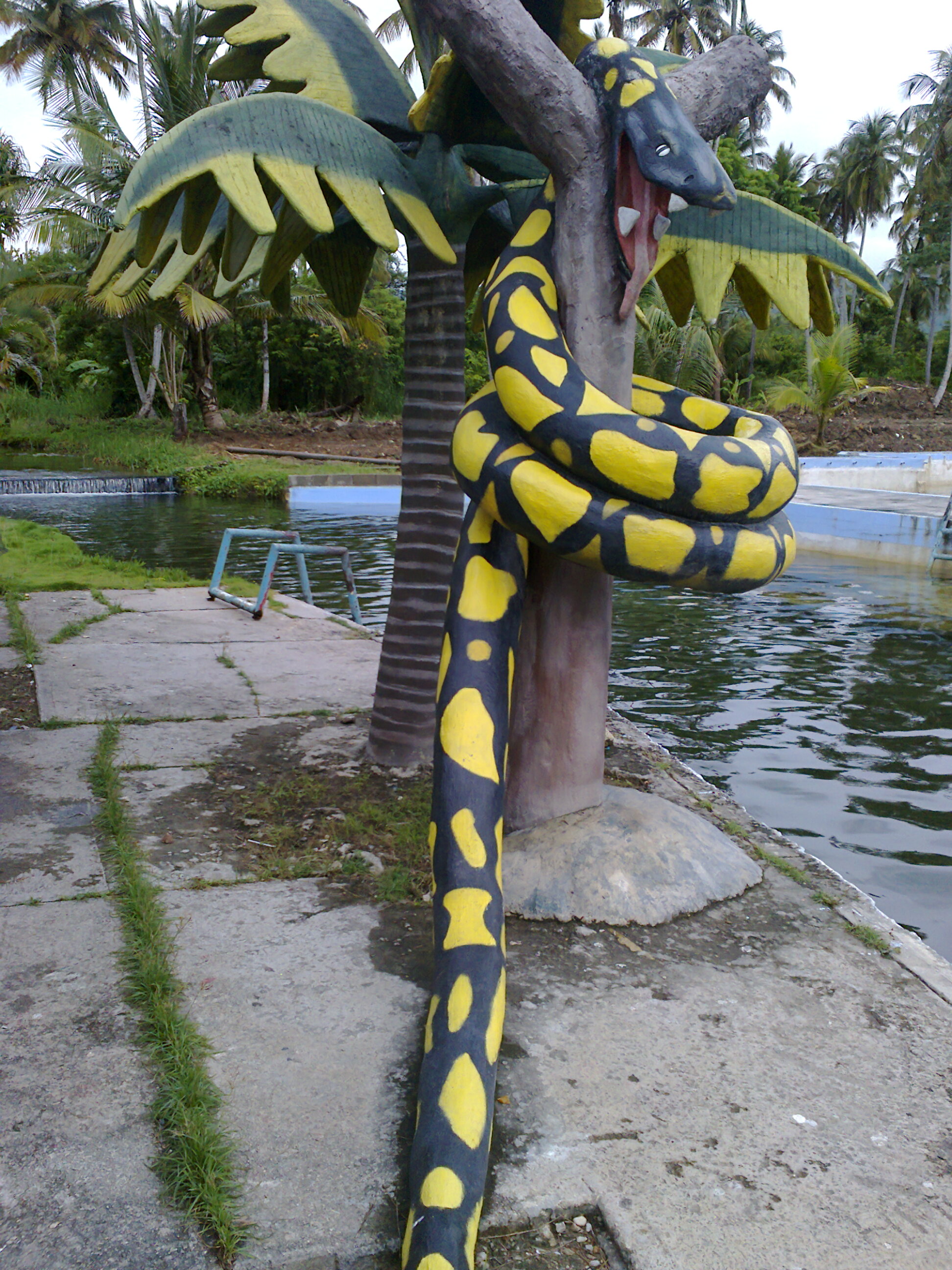| Revision as of 10:22, 30 January 2006 editStemonitis (talk | contribs)Extended confirmed users179,488 editsm stub sort← Previous edit | Revision as of 05:23, 31 January 2006 edit undoEncycloPetey (talk | contribs)Extended confirmed users32,450 editsm cat sortNext edit → | ||
| Line 31: | Line 31: | ||
| ] | ] | ||
| ] | ] | ||
| ] | ] | ||
Revision as of 05:23, 31 January 2006
Template:Taxobox begin
Template:Taxobox image
Template:Taxobox begin placement
Template:Taxobox regnum entry
Template:Taxobox phylum entry
Template:Taxobox classis entry
Template:Taxobox ordo entry
Template:Taxobox subordo entry
Template:Taxobox familia entry
Template:Taxobox genus entry
Linnaeus, 1758
Template:Taxobox end placement
Template:Taxobox section subdivision
4 species; see text.
Template:Taxobox end
Boa is a genus of snakes in the family Boidae. The four species in the genus are commonly known as "boa constrictors" after the first species of the genus to be described, the Red-tailed Boa, Boa constrictor. (To add further to the naming confusion, many species of snake in Boidae are known as "boas" and all are constrictors — that is, they kill their prey by constriction.)
Snakes of this genus are very common in Latin America, and perhaps the most sought after as pets. They can grow up to 5 metres and feed on birds and small mammals.
The Red-tailed Boa, Boa constrictor is the most widely known species of this genus. It is also the largest member of its family, with the largest recorded specimen being over 18 feet (5.5 m) long (though this is thought by some to possibly be a misidentification of species, see Red-tailed Boa). It has an interesting pattern of brown and black with a red tail (see picture). It does well in captivity and tames easily and is a common sight in zoos and homes.
Species
- Red-tailed Boa, Boa constrictor Linnaeus, 1758
- Duméril's Boa, Boa dumerili (Jan in Jan and Sordelli, 1860)
- Madagascar Ground Boa, Boa madagascariensis (Duméril & Bibron, 1844) = Acrantophis madagascariensis
- Madagascar Tree Boa, Boa manditra Kluge, 1991 = Sanzinia madagascariensis (Duméril & Bibron, 1844)
This snake article is a stub. You can help Misplaced Pages by expanding it. |
